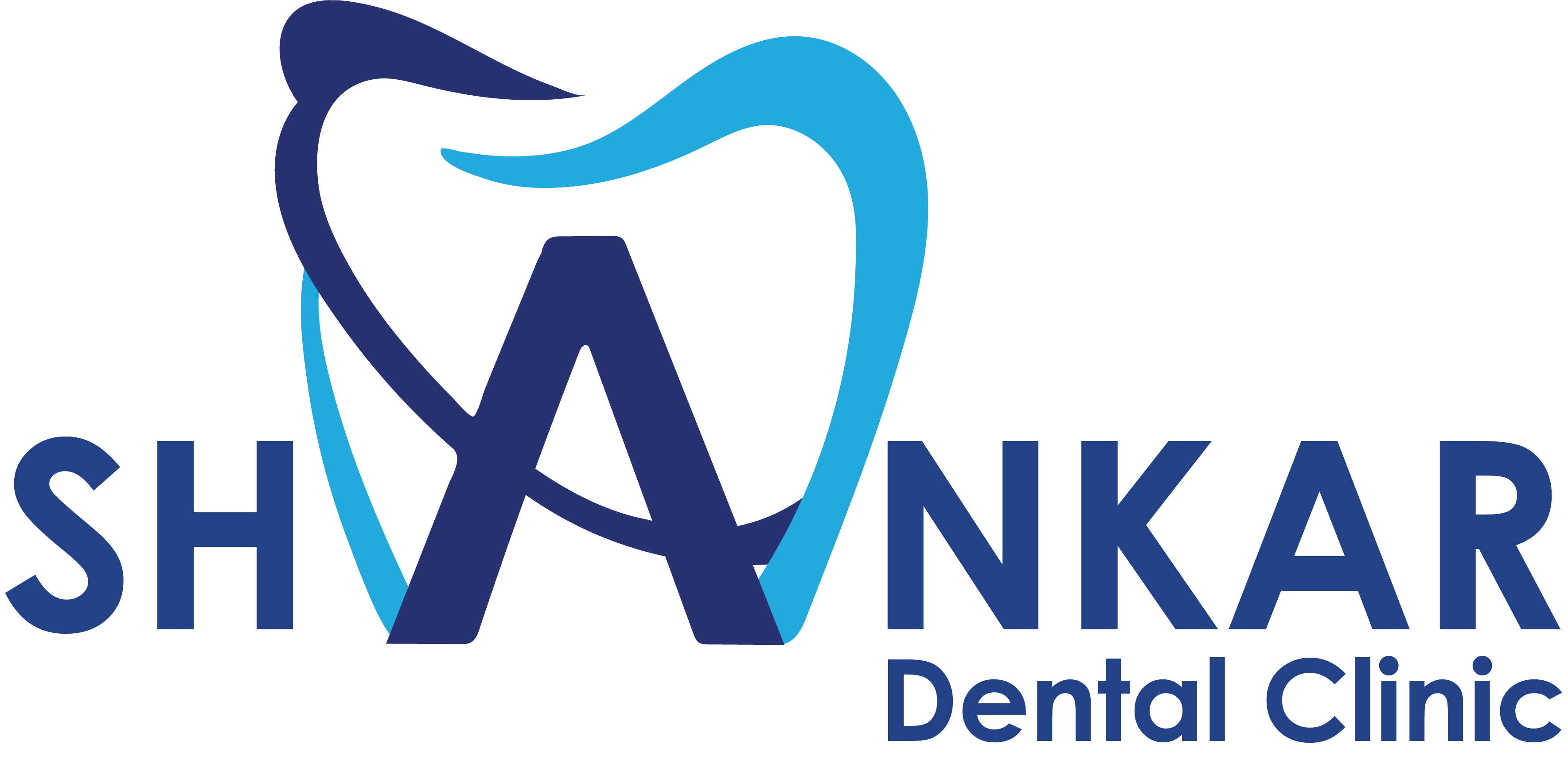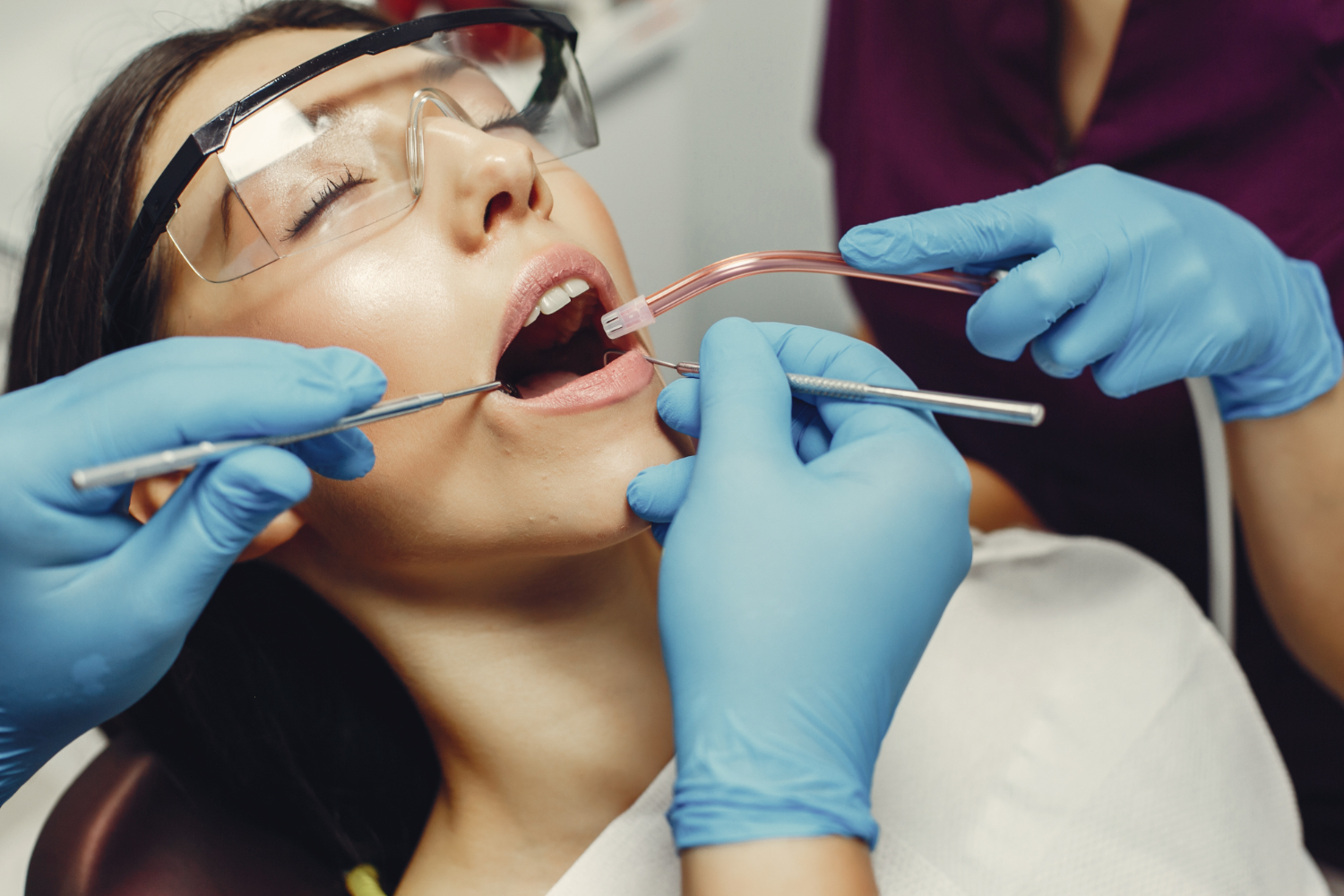Dental surgery can be a daunting experience, but knowing how to care for yourself afterward can make a significant difference in how quickly and comfortably you heal. Whether you’ve undergone a tooth extraction, gum surgery, or other dental procedures, post-surgery care is crucial for a smooth recovery. Here’s a comprehensive guide on what to do after dental surgery to ensure a fast and effective healing process.
What to Eat After Dental Surgery and Essential Precautions for a Smooth Recovery
After undergoing dental surgery, your mouth will be sensitive, and certain foods can either support or hinder your healing process. Choosing the right foods and taking the proper precautions can help ensure a speedy and complication-free recovery.
What to Eat After Dental Surgery:
-
Soft Foods
Choose foods that are easy to chew and won’t irritate the surgical site. Some good options include:- Yogurt
- Mashed potatoes
- Smoothies (without seeds or chunks)
- Scrambled eggs
- Oatmeal
- Applesauce
- Pudding or custard
These foods are soft and gentle on your gums and teeth.
-
Cool or Room-Temperature Foods
Eating foods that are too hot can cause pain or discomfort and may irritate your healing tissue. Stick to cool or room-temperature foods, especially within the first few days after surgery. -
Blended or Pureed Foods
Smooth and blended foods like soups (without chunks), mashed fruits, or blended veggies can be easily consumed without chewing and help avoid disturbing the surgical site. -
Hydrating Liquids
Staying hydrated is crucial for your recovery. Drink water, clear broths, or electrolyte drinks. If you’re consuming smoothies, ensure they’re not too thick or difficult to drink. Avoid drinks with caffeine or alcohol as they can interfere with healing.
What to Avoid Eating After Dental Surgery:
-
Hot Foods and Beverages
Avoid hot foods like pizza, soup, or drinks, especially during the first few days, as heat can irritate the surgical area and delay healing. -
Crunchy, Hard, or Chewy Foods
Foods like chips, popcorn, nuts, or hard bread can cause damage to the surgical site or get stuck in the wound, leading to infection or discomfort. -
Spicy Foods
Spicy foods can irritate the gums and soft tissues, leading to pain or inflammation around the surgery area. -
Acidic Foods
Foods like citrus fruits or tomatoes can increase irritation and discomfort around the surgical area. Try to avoid them in the initial recovery phase. -
Alcohol and Sugary Beverages
Alcohol can interact with pain medications and slow down the healing process. Sugary drinks, including soda, can also increase the risk of infection and delay healing.
Precautions to Follow After Dental Surgery:
-
Avoid Using Straws
Using a straw can create suction in your mouth, which may dislodge blood clots that are necessary for proper healing, especially after tooth extractions. This can lead to dry socket, a painful condition that prolongs recovery. -
Do Not Touch the Surgical Area
Avoid touching the surgical site with your fingers or tongue. This can introduce bacteria and cause an infection. Also, refrain from chewing directly on the surgery site until it’s healed. -
Take Prescribed Medications on Time
Follow your dentist’s instructions for taking pain relievers and antibiotics. Consistently taking prescribed medications will help control pain and prevent infections. -
Keep Your Head Elevated While Sleeping
Sleeping with your head elevated can reduce swelling. Use pillows to prop yourself up if necessary during the first few nights after surgery. -
Limit Physical Activity
Avoid strenuous physical activities for at least 48 hours after surgery to avoid complications like increased bleeding or swelling. -
Cold Compress for Swelling
Apply an ice pack to the outside of your face near the surgical site to reduce swelling. Apply it for 15–20 minutes at a time, allowing 20-minute breaks between applications. -
Practice Gentle Oral Hygiene
Keep your mouth clean by gently brushing your teeth, avoiding the surgical site for the first few days. Your dentist may recommend a saltwater rinse or a prescribed mouthwash to reduce the risk of infection. -
Monitor for Complications
Keep an eye out for unusual symptoms, such as excessive bleeding, severe pain, a fever, or a bad taste in your mouth. If any of these occur, contact your dentist immediately.
“A medicine cat has no time for doubt. Put your energy into today and stop worrying about the past.”satisfied client
The Process of Healing After Dental Surgery: What to Expect
Dental surgery, whether it’s a tooth extraction, gum surgery, or implant placement, involves several stages of healing. Understanding the healing process can help you manage your recovery more effectively and know what to expect at each stage. Here’s a breakdown of the typical healing process after dental surgery:
1. Immediate Post-Surgery (Day 1–2)
What to Expect:
- Bleeding and Swelling: It’s normal to experience some bleeding and swelling right after the procedure. The bleeding should decrease within a few hours, and applying an ice pack to the affected area can help reduce swelling.
- Discomfort: Pain and discomfort are common but usually manageable with prescribed or over-the-counter pain relievers.
- Numbness: If local anesthesia was used, numbness may last for a few hours, and you may not be able to feel the surgical area right away.
Healing Tips:
- Rest: Take it easy and avoid any strenuous activities.
- Follow Instructions: Stick to your dentist’s guidelines for medications, oral care, and diet.
- Hydrate: Drink plenty of fluids (avoid using a straw) and consume soft, cool foods.
2. The First Week (Day 3–7)
What to Expect:
- Swelling Peaks: Swelling typically peaks 48 hours after surgery and then begins to subside. You may also notice bruising around the jaw.
- Pain: While discomfort should gradually improve, it’s normal to have some pain during the first few days, especially when eating or talking.
- Stitches: If stitches were used, they may dissolve on their own or need to be removed during a follow-up visit.
- Limited Mobility: Your mouth may still be sore, making it difficult to open wide or speak for extended periods.
Healing Tips:
- Ice Packs: Continue using ice packs in the first 48 hours to control swelling.
- Diet: Stick to soft foods and avoid chewing near the surgical site.
- Mouth Care: Follow any instructions on how to gently clean your mouth to prevent infection.
3. The First Two Weeks (Week 2–3)
What to Expect:
- Decreased Swelling: By the second week, swelling should begin to significantly reduce, and bruising may start to fade.
- Healing Tissue: You may start to notice that the surgical site is healing, but the gums and surrounding tissues may still be tender to the touch.
- Gum Recession: If the surgery involved the gums, you might notice some gum recession as they heal. This is normal.
Healing Tips:
- Gentle Oral Care: You can start brushing your teeth more normally, but still avoid the surgical site until the area feels more comfortable.
- Avoid Smoking and Alcohol: Both can slow healing, so avoid them during the first few weeks after surgery.
- Pain Management: Over-the-counter pain medications may still be needed, but pain should gradually decrease.
4. One Month (Week 4–5)
What to Expect:
- Slight Sensitivity: By this point, most of the pain and swelling should be gone, but you may still feel mild discomfort or sensitivity around the surgical area.
- Tissue Healing: The gum tissue should have healed enough to allow normal movement, such as speaking and chewing, but the bone or underlying tissue may still be recovering.
Healing Tips:
- Continue Gentle Care: Keep practicing good oral hygiene but avoid aggressive brushing or flossing near the surgical area.
- Follow-Up Visit: Attend your follow-up appointments so your dentist can check the healing progress and remove stitches if needed.
- Pain-Free Eating: You should be able to eat most foods, though you may still want to avoid extremely hard or chewy items.
5. Long-Term Healing (Month 2 and Beyond)
What to Expect:
- Final Healing: For procedures that involve bone (like implants or extractions), it can take a few months for the bone to fully heal and integrate. This is the longest phase of healing and may take several months depending on the complexity of the surgery.
- Gum and Bone Remodeling: Your gums and jawbone will continue to heal and remodel during this phase. You might notice some changes in the shape or appearance of the area as it heals.
Healing Tips:
- Complete Healing: Full tissue healing can take several weeks, and bone healing may take months. Be patient during this time.
- Check for Complications: Keep an eye on the area for any signs of infection or other complications.
- Return to Normal Activities: You should be able to resume all activities, including eating normal foods, within a few weeks. However, follow your dentist’s advice regarding the timeline for returning to intense physical activities.


Signs of Proper Healing vs. Complications:
Signs of Proper Healing:
- Reduced pain and swelling after the first few days.
- No visible or minimal bleeding.
- Healthy, pink gum tissue with no signs of infection.
- Ability to resume normal activities, including eating most foods.
Signs of Complications:
- Persistent, severe pain or swelling that doesn’t improve after a few days.
- Unusual bleeding or blood clots.
- Fever, foul taste, or drainage around the surgical site (possible infection).
- Dry socket (painful and a lack of blood clot in extraction site).
Conclusion:
Recovering from dental surgery is a step-by-step process that requires patience, proper care, and attention to detail. By understanding the healing stages and following the guidelines provided by your dentist, you can help ensure a smooth and speedy recovery. The first few days will focus on managing pain, swelling, and discomfort, but as time passes, the healing process will continue with less pain and swelling, eventually allowing you to return to normal activities. It’s crucial to stay hydrated, eat soft foods, avoid strenuous activities, and maintain gentle oral hygiene throughout your recovery. Be aware of any potential complications and reach out to your dentist if you notice any unusual symptoms. With the right care, you’ll be back to your normal routine in no time, with a healthy smile to show for it!

